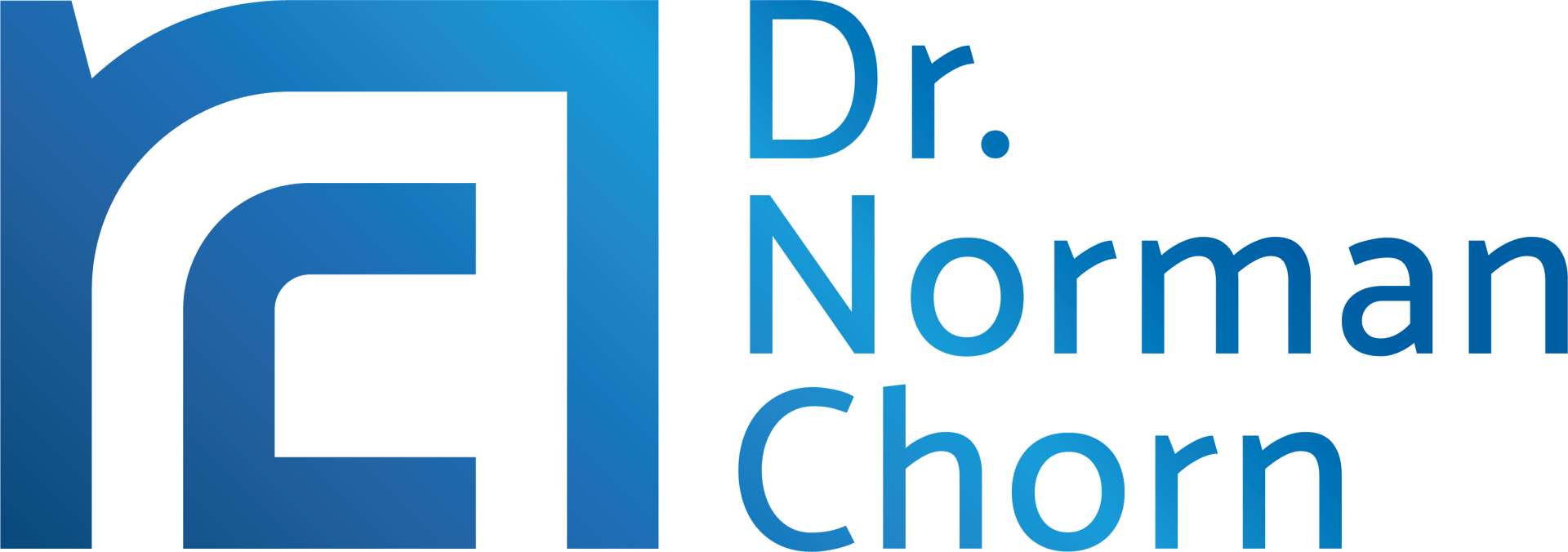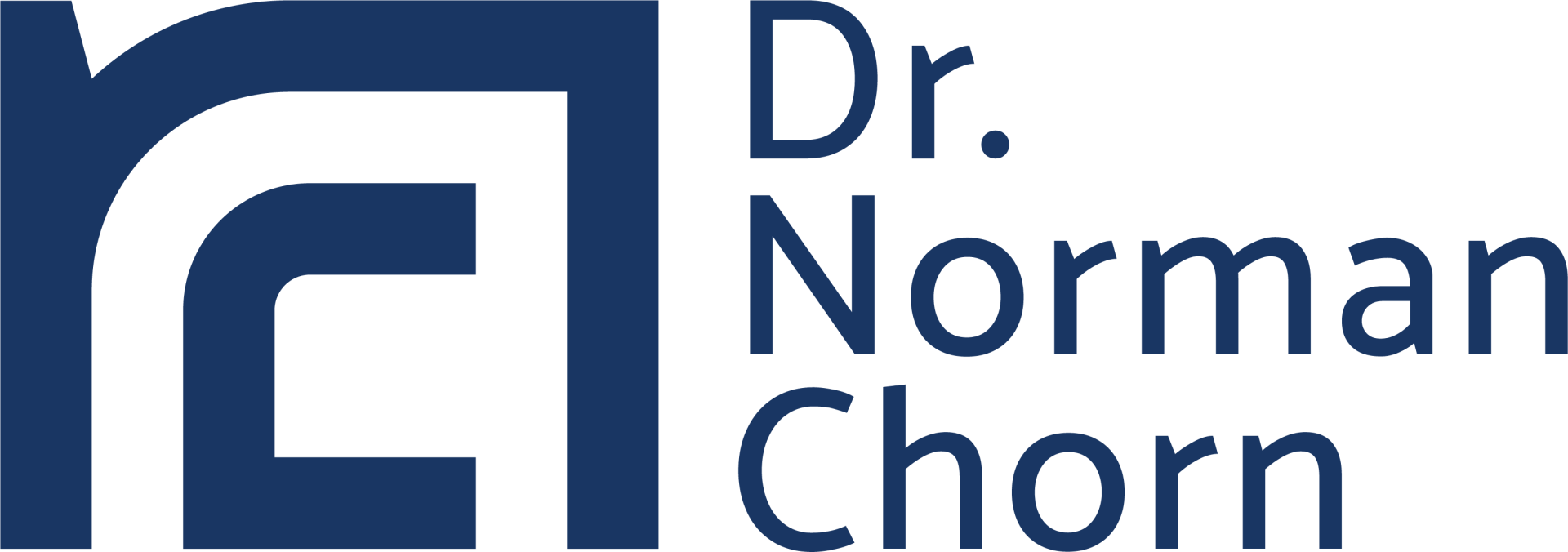From my research and work with successful organisations, I have isolated four key characteristics to cope successfully with uncertainty:
1. Developing a growth and learning mindset
A growth and learning mindset can set up a virtuous cycle. The key elements of this include:
- Treating every day as a school day: A belief that life is a journey of learning and growth
- Seeking new experiences to create learning opportunities: One can only learn by being exposed to different experiences
- Accepting the uncertainty that accompanies these new experiences: In order to learn something new, the experience has to be different and therefore uncertain
- Learning from new experiences to broaden your repertoire: The enhanced repertoire increases capability and effectiveness as a leader.
2. Preferring people over data
We should recognise that the traditional emphasis on “market-focus” can often obscure the real people who make up the customer base. We need to recognise the importance of focusing on people and their experiences rather than simply the data that measures market size and relevant demographics.
So, instead of simply describing the market by way of standard demographics and statistics, focus on identifying target groups who are characterised by particular lifestyles, product usage patterns or needs. Use research approaches where you can study and understand the real life experiences of customers.
Approaches such as these enable us to understand the needs of target customers as real people – thereby promoting value propositions that address these customer needs more closely.
3. Avoiding risky bets
Being successful in uncertain times does not mean taking big risks. Place small bets fairly quickly and then learn from the outcomes. Move on quickly and recognise that any failures from these small experiments are the price for learning and testing propositions. It’s the performance of the overall portfolio of experiments that counts – not the outcome of an individual bet.
As a consequence, you can be fairly conservative and tend to shy away from making large and risky “bet-the-business” decisions.
Allied to this is the fact you should be wary of describing yourslef as a perfectionist. In a way, perfectionism may be interpreted as a fear of having one’s work judged and receiving feedback – hence the need to continually avoid releasing it. In addition, the notion of “completing something to perfection” connotes that there is no more to be achieved or learned. We should favour the view that preparing for the future is an ongoing dynamism – something that keeps moving as you learn and develop your capabilities further.
4. Being a rational optimist
Rational optimists believe that they can and will make progress by pursing a bold, but sensible, approach. While they hold an optimistic view of life, they recognise that optimism is NOT necessarily the opposite of pessimism. It is not the idealistic belief (or hope) that things will get better simply because they want them to.
Instead, rational optimism is a balanced understanding of the whole system of which they are part. It is recognition of both strength and weakness; an interest in building the best as well as repairing the worst; and a concern for finding self fulfilment as well as serving the community. Rational optimists are realists, but their defining point of difference is that they don’t give up on themselves.
So, what does this all mean?
Thinking differently about the future is a key part of dealing effectively with uncertainty, and being able to create a viable future for our organisation. We need to adopt a growth and learning mindset; look behind the data to understand the people in their markets and organisations; avoid the risky “bet-the-business” decisions as they seek competitive advantage; and understand the whole system of which they are part.
By following these practices, we can improve our effectiveness in an uncertain and challenging world.
Go and create your own future!
Subscribe to our regular articles, insights and thought leadership




